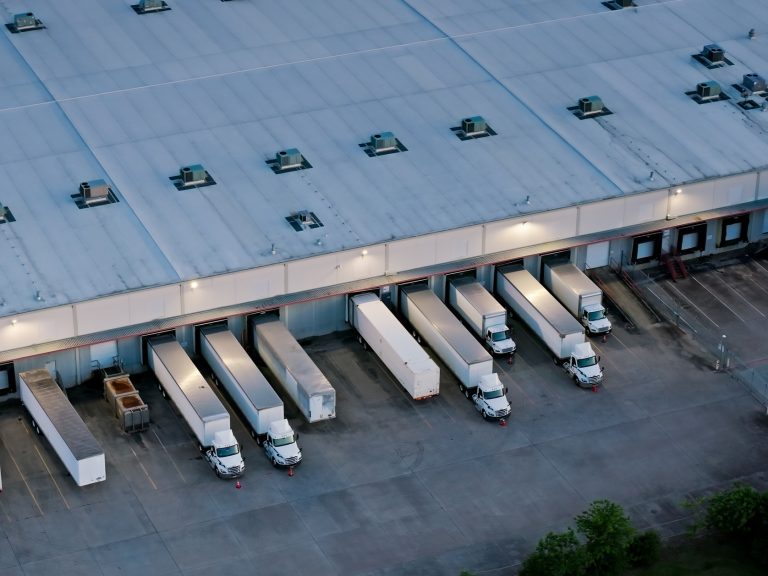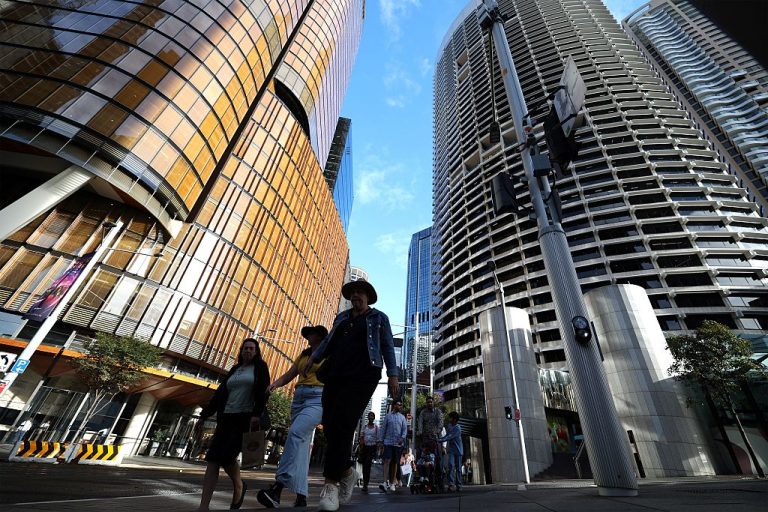Top 5 mistakes with commercial property investment

Like any form of property investment, buying commercial property can be tricky and can catch even the most experienced investors unawares. Simple mistakes are generally the most common and often relate to a lack of due diligence before the purchase, not the actual running and maintenance of the property.
Simple mistakes are generally the most common.
So, what are the most common mistakes when it comes to commercial property investment.
1. Making the wrong property choice
The most common mistake is failing to choose a property type that suits your financial goals and appetite for risk.
While offering greater returns than residential property, commercial property investment can be more risky and more complex.
Read more: Property investment: commercial or residential?
Three of the most commonly cited reasons for buying a commercial property investment are capital growth, income (rental return) and strategic purchase – that is, you are purchasing the property for owner-occupation, buying to facilitate site expansion, or creating a land bank for future development.
Whatever your reason, it’s important to be clear about your motivations from the outset to ensure you buy an asset that best meets your needs, and to avoid issues in the future.
2. It’s not what tenants want
Another common error is failing to analyse the attributes of competitive commercial properties in a chosen location, and how these factors inhibit or improve asset performance, and importantly, its rentability.
A commercial property should satisfy all of the key requirements of the intended tenant type, which may include onsite parking and/or access to public transport. Location, access and zoning are important factors that will impact long-term ability to attract tenants and overall asset performance.
Read more: How to keep tenants in your commercial building
3. Failing to do the checks
It may seem obvious, but time and time again buyers fail to undertake independent investigation to ensure buildings and improvements are compliant with local, state and federal regulations and requirements.
A compliance review of zoning, building permits and building code certifications, as well as existing and planned developments in the surrounding area, should always form part of due diligence to avoid future costs and issues.
4. Getting the location wrong
The value and rate of return of a commercial property is largely determined by supply and demand, and given that location drives demand, location should be at the forefront of factors motivating a purchase.
Unfortunately, many investors are swayed by flashy fit-outs and impressive improvements, but these features can sometimes disguise poor capital growth in substandard locations.
Remember, when it comes to property investment, it’s land that appreciates in value and buildings, or improvements, that depreciate.
Read more: Depreciation: how it works for commercial property
While a well-located property may provide a less attractive yield, it will often have greater potential for future capital growth. Conversely, if you’re buying for rental return then a higher yield may be a more important factor in your purchase strategy.
5. Not keeping emotions at bay
There are many distractions when buying commercial property, one of the most influential of which is your own view.
This can be misleading, as it doesn’t always reflect the needs of potential tenants.
A strategic purchase should be based on a property’s historical performance, location and yield. Don’t simply buy a property because you consider it to be affordable or because of high yields alone.
Before deciding if a commercial property is the right type of investment for you, make sure it meets your long-term objectives.
In this way you will manage your risk and improve your property investment outcomes.







